All the flowers of all the tomorrows are in the seeds of today.
- Author Unknown
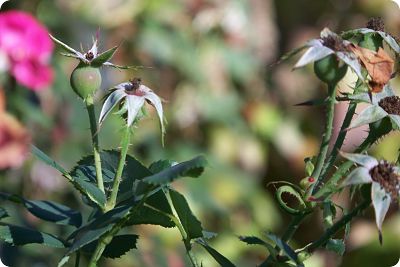
Like it or not, Autumn is here and Summer is gone. As I strolled the gardens today I noticed quite a few plants had produced seeds and seed pods where there once were flowers. Each plant’s seeds were unique and interesting to see. Some were very small and some were quite large. A seed is actually a plant embryo enclosed in a covering. Also encased in the seed is a supply of nutrients for the embryo. The embryo has two points of growth, the stem grows from one point and the roots from another.
Below is a Milkweed Vine pod, casting it's seeds into the wind. The Milkweed plant is a host plant to the Monarch and Queen butterflies. This vine grew up our back fence and into the neighbors Honeysuckle.
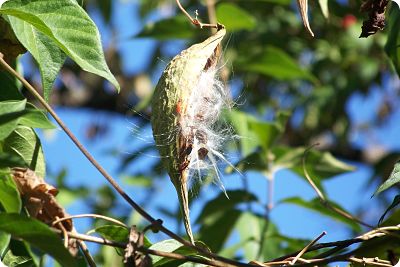 |
I’m sure you have noticed the many ways that plants have developed to disperse their seeds. We have all seen the Milkweed seeds blowing through the air on what looks like a giant snowflake, and seen the Maple seeds looking like miniature helicopters as they are blown about in the Spring. Some seeds have little hooks or barbs on them that grab onto an animals fur, or a persons clothes, and are then carried many miles from their origin. We have all found these “burrs” on our pets or on our clothes after a trip into the woods or fields.
Other seeds have tasty and nutritious coverings, such as cherries, apples, blackberries, and many others, which are eaten by animals and then left as droppings at other locations. Some seeds such as walnuts and acorns are gathered by animals and stored quite a distance from the parent plant. If not eaten they may grow into a new plant.
Below are some photos of some of the seeds I found on my stroll through the garden. As I photographed each one I thought of the old saying “Which came first, the chicken or the egg?”
It takes a plant to make a seed and it takes a seed to make a plant, which came first?
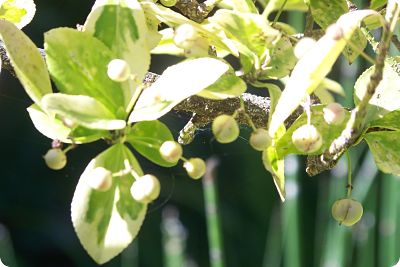 | The Euonymus at the left is full of small seeds. The greenish-yellow globes turn brown then crack open and the seeds drop out. |
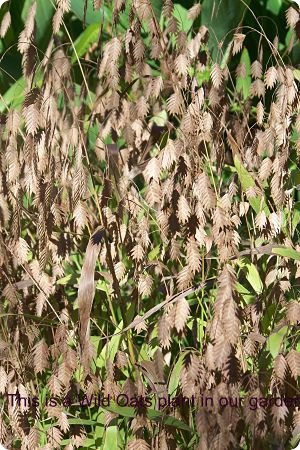 | At left are the long seed pods of our Wisteria vine. You can tell that the plant is in the Legume family, same as peas and beans. 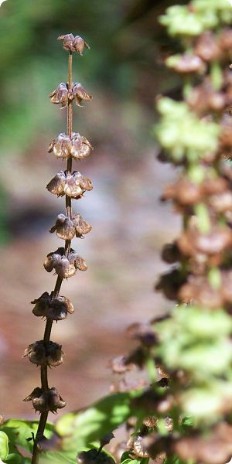 Above: Seeds on our Basil plants. Below are Morning Glory seeds hanging from the vine. |
Below left: I set our Asparagus Fern outside each summer, by late summer or early fall it developes seeds along the stems. The Asparagus Fern is not really a fern. True ferns do not produce seeds. Photo below right: The flowers of the Canna plants developing into seeds.
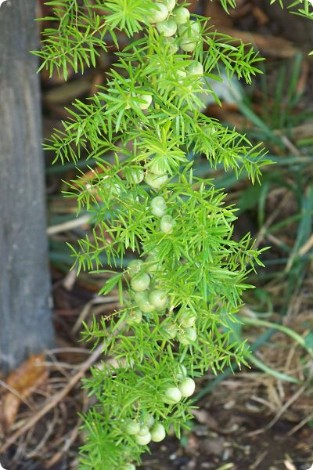 | 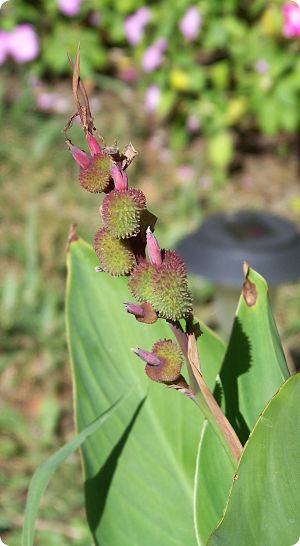 |
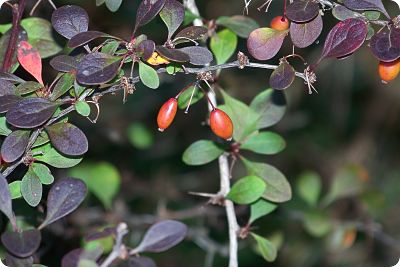 |
The Barberry shrubs produce thousands of seeds each Fall. |
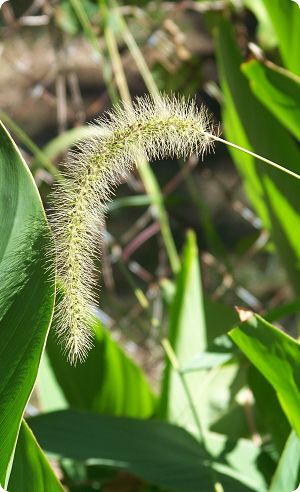 | 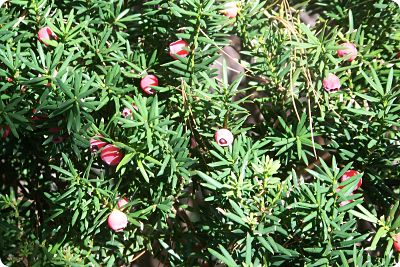 Above are red seeds on our Yew plants in the front yard. click here for blog page. |
I saw many other seeds and pods in the yard, everything from the weeds in the veggie garden to the Pine and Oak trees held seeds of various shapes and sizes. Each was different but they all had one thing in common, every seed held the potential to produce an unlimited number of plants of it's own kind. An acorn may grow into an Oak tree, or it may grow into an Oak forest. Or it may be eaten by a squirrel that lives in the Oak tree that the acorn fell from, or maybe found by a child and put in his pocket, or maybe ........
All original material on this site is © 2009-2010-2011 nature-garden.yolasite.com Rick C.